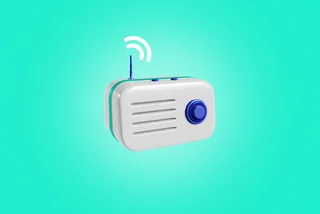A new tram stop shelter was unveiled at the Stromovka stop in Prague 7 yesterday, and this one has an interesting twist: it was created using 3D printing technology, the first of its kind produced in the Czech Republic.
The new shelter was created by the company So Concrete and donated to the city free-of-charge as a prototype structure. It was created using ultra-high-performance concrete, which is ten times stronger than normal concrete, and printed out over the course of 36 hours.
PARTNER ARTICLE
Compared to traditional methods of making this type of structure, 3D printing uses about 60 percent less materials and employs a minimum of human labor. So Concrete printed the shelter at their Prague 7 factory and transported it in parts to the tram stop to be assembled.
"At Výstaviště, we have a new tram stop made of [ultra-high-performance concrete], which was created with 3D printing. What do you think about it? I like it a lot," Prague Deputy Mayor for Transport Adam Scheinherr wrote on Facebook.
In addition to being created using a 3D printer, the design of the new tram stop shelter was also optimized using artificial intelligence. A human designer only modified the final output, which was based on efficiency.
According to the company, the shelter is essentially maintenance-free, with the material used in its construction ensuring a long lifespan.
"The lifetime of the material is extreme, it is used, for example, for water dams," Federico Diaz, executive director of So Concrete, told local media. "It will last for 100 years or more."
The new 3D-printed tram stop shelter is a unique one-off project, and the city does not plan on utilizing them at other locations. However, it uses the same kind of technology for other major construction projects in Prague.
"Combining this kind of concrete with 3D printing is a way to use concrete only where it is absolutely necessary [...] This is a change in approach to projects and sets a course that meets conditions for sustainable development. Don't waste energy and resources, which are become rarer and rarer," added Scheinherr.
"In Prague, we like to try new materials and modern technologies. One of them is [ultra-high-performance concrete], which we use during the construction of the Štvanická footbridge, the reconstruction of the Barrandov bridge, and we are going to use it also during the reconstruction of the Libeň bridge."












 Reading time: 2 minutes
Reading time: 2 minutes 
























